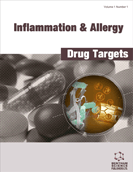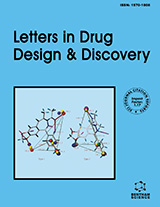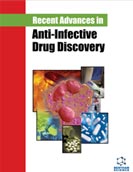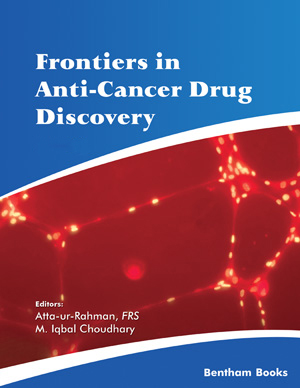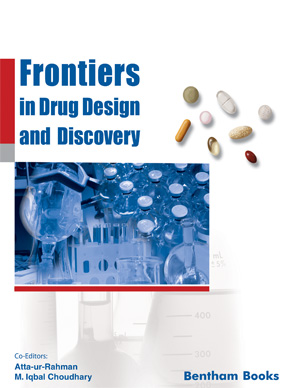Abstract
Diabetes is known to be regulated by cytokines secreted from Th1 cells, while allergic rhinitis (AR) is mainly regulated by Th2 cytokines. In recent past we have reported the development of diabetes in response to parthinium induced AR to rats. These results were contradictory to Th1/Th2 paradigm which suggests that Th1 and Th2 cells reciprocally counteract each other. Subsequently in silico interactome analysis further revealed that Th2 cytokines may signal to increase the level of Th1 along with the proteins involved in the development of diabetes. In present study we tried to understand the diabetogenic changes on the background of ovalbumin induced allergic rhinitis (OVA). Three groups of seven rats were considered; group I control (Ctrl); group II OVA and group III OVA+L-cetrizine (OVA+ D). The study continued for 48 days and the experiment was terminated on day 49, while L-cetrizine was administered for last 07 days (42-48 days). Group II showed increased levels of Th1 (IL-2) and Th2 cytokines, induction of allergic rhinitis and changes in the proteins involved in diabetes. In group III, most of the changes were reverted back towards normalcy. Induction of allergic rhinitis triggers Th2 cytokines that result increase IL-2 (Th1) and alterations in the metabolic parameters led to the condition of prediabetes.
Keywords: Allergic rhinitis, diabetes, L-cetrizine, ovalbumin.
Inflammation & Allergy - Drug Targets (Discontinued)
Title:Ovalbumin Induced Allergic Rhinitis and Development of Prediabetes to Rats: Possible Role of Th2 Cytokines
Volume: 12 Issue: 3
Author(s): Lucky Juneja and Hamendra S. Parmar
Affiliation:
Keywords: Allergic rhinitis, diabetes, L-cetrizine, ovalbumin.
Abstract: Diabetes is known to be regulated by cytokines secreted from Th1 cells, while allergic rhinitis (AR) is mainly regulated by Th2 cytokines. In recent past we have reported the development of diabetes in response to parthinium induced AR to rats. These results were contradictory to Th1/Th2 paradigm which suggests that Th1 and Th2 cells reciprocally counteract each other. Subsequently in silico interactome analysis further revealed that Th2 cytokines may signal to increase the level of Th1 along with the proteins involved in the development of diabetes. In present study we tried to understand the diabetogenic changes on the background of ovalbumin induced allergic rhinitis (OVA). Three groups of seven rats were considered; group I control (Ctrl); group II OVA and group III OVA+L-cetrizine (OVA+ D). The study continued for 48 days and the experiment was terminated on day 49, while L-cetrizine was administered for last 07 days (42-48 days). Group II showed increased levels of Th1 (IL-2) and Th2 cytokines, induction of allergic rhinitis and changes in the proteins involved in diabetes. In group III, most of the changes were reverted back towards normalcy. Induction of allergic rhinitis triggers Th2 cytokines that result increase IL-2 (Th1) and alterations in the metabolic parameters led to the condition of prediabetes.
Export Options
About this article
Cite this article as:
Juneja Lucky and Parmar S. Hamendra, Ovalbumin Induced Allergic Rhinitis and Development of Prediabetes to Rats: Possible Role of Th2 Cytokines, Inflammation & Allergy - Drug Targets (Discontinued) 2013; 12 (3) . https://dx.doi.org/10.2174/1871528111312030007
| DOI https://dx.doi.org/10.2174/1871528111312030007 |
Print ISSN 1871-5281 |
| Publisher Name Bentham Science Publisher |
Online ISSN 2212-4055 |
 6
6Related Articles
-
ABC Transporters in Neurological Disorders: An Important Gateway for Botanical Compounds Mediated Neuro-Therapeutics
Current Topics in Medicinal Chemistry Novel Carriers for Coenzyme Q10 Delivery
Current Drug Delivery Third and Fourth Generation Fluoroquinolone Antibacterials: A Systematic Review of Safety and Toxicity Profiles
Current Drug Safety Fabrication of Highly Sensitive Chemi-Sensor and Efficient Photocatalyst Based On ZnO Nanostructured Material
Micro and Nanosystems Apolipoprotein E Knockout Models
Current Pharmaceutical Design Preventing Type 2 Diabetes Mellitus: Room for Residual Risk Reduction After Lifestyle Changes?
Current Pharmaceutical Design The Role of Mediterranean Diet, CoQ10 and Conjugated-Melatonin in Osteoporosis Primary Prevention and Therapy
Current Nutrition & Food Science Arachidonate Cascade in the Intensive Insulin Therapy for Critically Ill Patients with Sepsis: Roles of Prostaglandins on Hyperglycemia-Impaired Immunity
Letters in Drug Design & Discovery Subject Index To Volume 6
Endocrine, Metabolic & Immune Disorders - Drug Targets Coronary Intravascular Ultrasound (IVUS): Contemporary Applications and Bases for the Future
Recent Patents on Medical Imaging MRI findings and renal function in patients on lithium therapy
Current Drug Safety The TGF-β 1/Foxp3 Regulatory Axis in Immune Self-Tolerance: Implications for Health and Disease
Inflammation & Allergy - Drug Targets (Discontinued) A Review of Natural and Synthetic Antioxidants Important for Health and Longevity
Current Medicinal Chemistry Is Combined Angiotensin-converting Enzyme Inhibition and Angiotensin Receptor Blockade Associated with Increased Risk of Cardiovascular Death in Hemodialysis Patients?
Current Hypertension Reviews A Comprehensive Review on Recently Detected Herbal Phytoactives Having Anti-Diabetic Potential for Various Diabetes-Related Complications
Current Traditional Medicine The Insulin-sensitizing Role of the Fat Derived Hormone Adiponectin
Current Pharmaceutical Design Recent Patents on Immunoregulatory DNA Vaccines for Autoimmune Diseases and Allograft Rejection
Recent Patents on DNA & Gene Sequences The Neuropeptide Galanin Benefits Insulin Sensitivity in Subjects with Type 2 Diabetes
Current Protein & Peptide Science Exciting News from the Messenger
Current Neurovascular Research Di / tri-Peptide Transporters as Drug Delivery Targets: Regulation of Transport Under Physiological and Patho-physiological Conditions
Current Drug Targets


